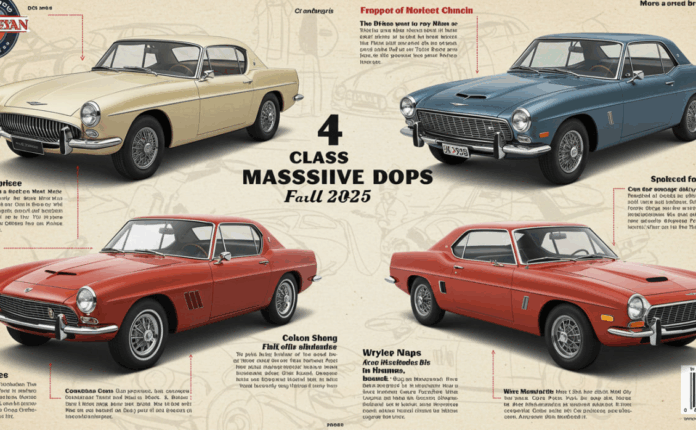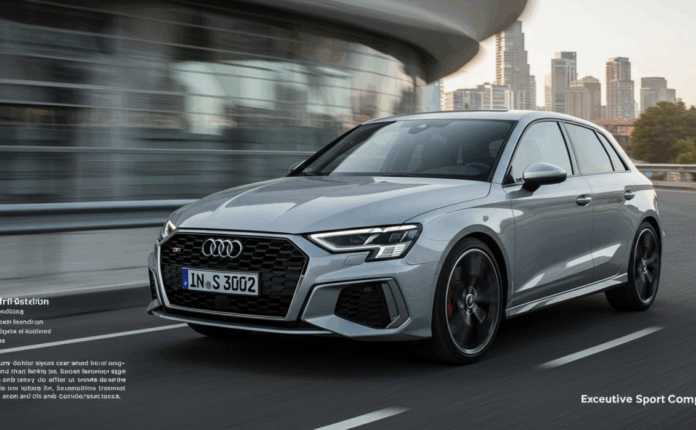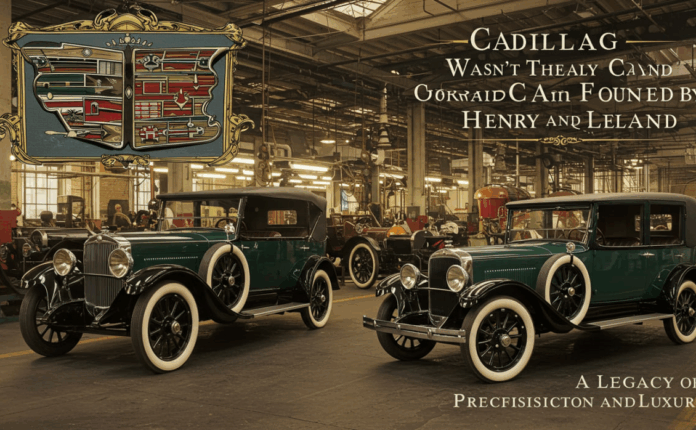The Porsche Carrera GT, a supercar that roared onto the scene in 2003, is often hailed as a legend in automotive history. Its sleek carbon-fiber body, screaming V10 engine, and raw driving experience have cemented its status as a poster child for car enthusiasts. But beneath the mythos lies a car that defies expectations—both in its brilliance and its challenges. This isn’t just a glamorous speed machine; it’s a complex beast that demands respect and skill. In this in-depth review, we’ll uncover why the Carrera GT is not the car you think it is, exploring its engineering marvels, driving dynamics, and the controversies that surround it. Buckle up for a ride through the highs and lows of this iconic Porsche.
The Heart of a Racecar: The V10 Engine
A Motorsport Legacy
At the core of the Carrera GT is its 5.7-liter V10 engine, a powerplant born from Porsche’s racing ambitions. Originally developed for a Le Mans prototype that never raced, this engine was adapted for road use, delivering a staggering 605 horsepower at 8,000 rpm. The sound is pure ecstasy—a guttural growl at low revs that builds into a banshee-like wail as you approach the redline. Unlike modern turbocharged engines, this naturally aspirated V10 offers linear power delivery, making every throttle input a direct conversation between driver and machine. It’s not just an engine; it’s a symphony of mechanical artistry that defines the Carrera GT’s soul.
Technical Innovations
Porsche didn’t stop at raw power. The V10 incorporates race-inspired features like dry-sump lubrication, titanium connecting rods, and a low center of gravity, allowing the engine to rev freely and reduce vibrations. These innovations, rare in production cars of the early 2000s, showcase Porsche’s commitment to pushing boundaries. However, this complexity comes at a cost—maintenance is neither cheap nor simple. Owners often face hefty bills for clutch replacements, as the car’s tiny ceramic clutch is notoriously sensitive. Yet, for those who can afford it, the V10’s performance is a reminder of an era when cars prioritized emotion over efficiency.
A Driver’s Dream or a Dangerous Beast?
The Analog Supercar Experience
The Carrera GT is often celebrated as the last “analog” supercar, a title that captures its raw, unfiltered driving experience. With a six-speed manual transmission, unassisted steering, and no electronic stability control, it demands the driver’s full attention. Every shift, every turn, every brake feels visceral. On a racetrack, skilled drivers can exploit its razor-sharp handling and aerodynamic prowess, thanks to a carbon-fiber monocoque chassis and a rear wing that deploys at 120 km/h to reduce lift. For those who master it, the Carrera GT offers a connection to the road that modern supercars, with their layers of tech, struggle to replicate.
The Infamous Handling
But here’s where the legend gets complicated: the Carrera GT is not a forgiving car. Its lack of stability control and tendency to oversteer under high lateral acceleration have earned it a reputation as a “widowmaker.” Even seasoned drivers like Jay Leno have recounted near-misses, with Leno spinning out at 180 mph at Talladega. The car’s sensitive throttle response and lightweight clutch make it tricky to drive smoothly, especially at low speeds. High-profile crashes, including the tragic 2013 accident involving Paul Walker and Roger Rodas, have fueled debates about its safety. While some argue that old tires or driver error were to blame, others point to Porsche’s decision to omit stability control as a design flaw.
Design and Craftsmanship
Exterior: Form Meets Function
The Carrera GT’s design is a masterclass in blending beauty with performance. Its low-slung profile, crafted from carbon fiber, is both lightweight and aerodynamic. Air dams and side inlets cool the V10, while the flat underbody and rear diffuser manage airflow to keep the car planted at speeds exceeding 200 mph. The removable targa roof panels, stowable under the front hood, add versatility, letting drivers enjoy open-air thrills. Every curve and vent serves a purpose, making the Carrera GT as functional as it is stunning—a true embodiment of Porsche’s “form follows function” philosophy.
Interior: Minimalist Luxury

Inside, the Carrera GT is spartan compared to modern supercars. Soft leather seats and a Bose infotainment system offer some comfort, but the focus is on driving. The ignition is uniquely positioned to the left, allowing drivers to start the car with their left hand while shifting with their right—a nod to Porsche’s racing heritage. The beech wood gear shift knob, inspired by the Le Mans-winning Porsche 917, adds a touch of nostalgia. However, don’t expect modern conveniences like Bluetooth or a cushy ride. This is a car built for purists, not those seeking a tech-laden cocoon.
The Carrera GT’s Legacy
Influence on Modern Supercars
More than two decades after its debut, the Carrera GT’s influence endures. Its carbon-fiber construction and focus on driver engagement set a benchmark for supercars like the Porsche 911 GT3 and McLaren P1. Yet, as cars grow increasingly reliant on hybrid systems and driver aids, the Carrera GT stands as a relic of a purer era. Its rawness is both its greatest strength and its Achilles’ heel, appealing to enthusiasts who crave authenticity but intimidating those unprepared for its demands. Today, values have soared, with well-maintained examples fetching over $1.5 million at auctions, a testament to its enduring allure.
A Polarizing Icon
The Carrera GT is not the flawless hero of automotive folklore. It’s a car of contradictions—breathtaking yet unforgiving, innovative yet flawed. For every enthusiast who worships its analog purity, another cautions against its dangers. This duality is what makes it so compelling. It’s not just a car; it’s a statement about what driving can be when unfiltered by technology. Whether you see it as a masterpiece or a menace, one thing is clear: the Carrera GT is unlike anything else on the road.
Why the Carrera GT Still Matters
In a world of electric hypercars and autonomous driving, the Carrera GT is a defiant reminder of what cars once were. It’s a love letter to the art of driving, crafted for those who revel in the challenge of taming a machine. Its V10 scream, manual gearbox, and unapologetic attitude are relics of an era that’s fading fast. For bloggers, car enthusiasts, and tech lovers, the Carrera GT offers a story worth telling—one of engineering triumphs, human skill, and the fine line between exhilaration and peril. It’s not the car you think it is because it’s so much more: a legend that refuses to be tamed.
FAQ

Is the Porsche Carrera GT safe to drive?
The Carrera GT is safe for skilled drivers who respect its limits, but its lack of stability control and sensitive handling make it challenging. Proper maintenance, especially tire condition, is critical to safe operation.
How much does a Porsche Carrera GT cost today?
As of 2025, prices for a well-maintained Carrera GT typically range from $1.5 million to $2 million, depending on mileage, condition, and provenance.
Why is the Carrera GT considered dangerous?
Its reputation stems from its lack of electronic stability control, a tendency to oversteer, and a sensitive clutch. High-profile accidents have highlighted these traits, though driver error and maintenance issues often play a role.
What makes the Carrera GT’s engine unique?
The 5.7-liter V10, derived from a Le Mans prototype, features dry-sump lubrication, titanium rods, and a high-revving design, delivering 605 horsepower and a distinctive sound.
Can the Carrera GT be driven daily?
While possible, it’s not practical due to its firm ride, sensitive clutch, and lack of modern amenities. It’s best suited for spirited drives or track days.



